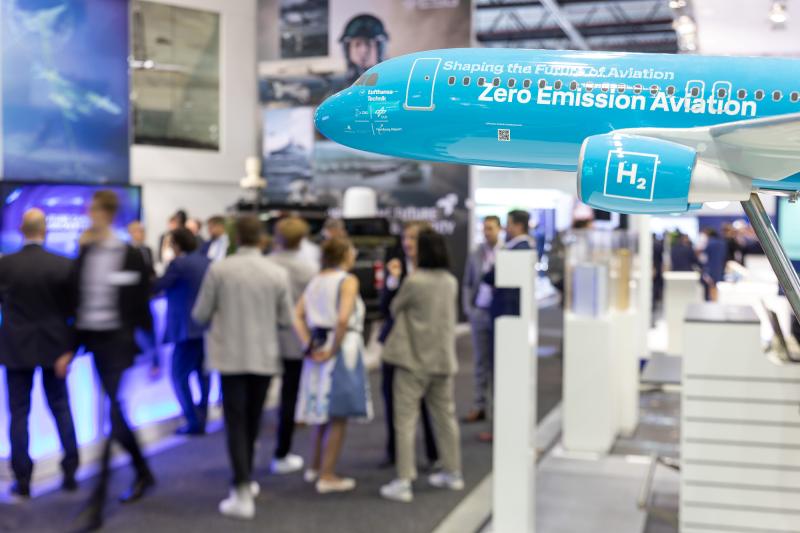Katharina Will, Director Public Affairs, OHB SE
ILA Portraits - Pioneers of the aerospace industry and political decision-makers provide personal insights and assess current industry trends
1 Where do you see the aerospace industry in 2050, which technologies that are not commonly used today will we take for granted in the future?
ANSWER: Communication via satellite will be affordable and play a natural part in our everyday life worldwide. It will be used as a reliable alternative in the event of a crisis (e.g., power outages). In addition, people will have a comprehensive picture of the earth thanks to sophisticated earth observation satellites. This knowledge will make a key contribution to combating climate change. Thanks to ever better sondes and telescopes, we will also be able to look far beyond Earth into space. This will open up the possibility for us to explore exoplanets and to answer further fundamental questions of mankind. On the Moon and Mars we will have reached permanent colonies where scientists will work and do research. Space tourism to the Moon and Mars could then also be standard. By 2050, space mining will also be within technical reach.
2 How do we achieve the ambitious sustainability goals? What exactly are the drivers of change here?
ANSWER: There is not just one parameter we have to turn to reach the goal. We will only achieve the ambitious sustainability goals with comprehensive measures at various levels. Space technologies are part of the solution. Monitoring environmental changes and atmospheric measurements provide important insights. Only if we can identify the challenges will we be able to set and achieve ambitious sustainability goals. The drivers of change are technological progress and political will.
3 Was there any development in the industry, that has moved you recently? Which one?
ANSWER: The successful impact of DART on the asteroid Dimorphos. With DART, for the first time in human history, it was possible to change the orbit of a celestial body.


